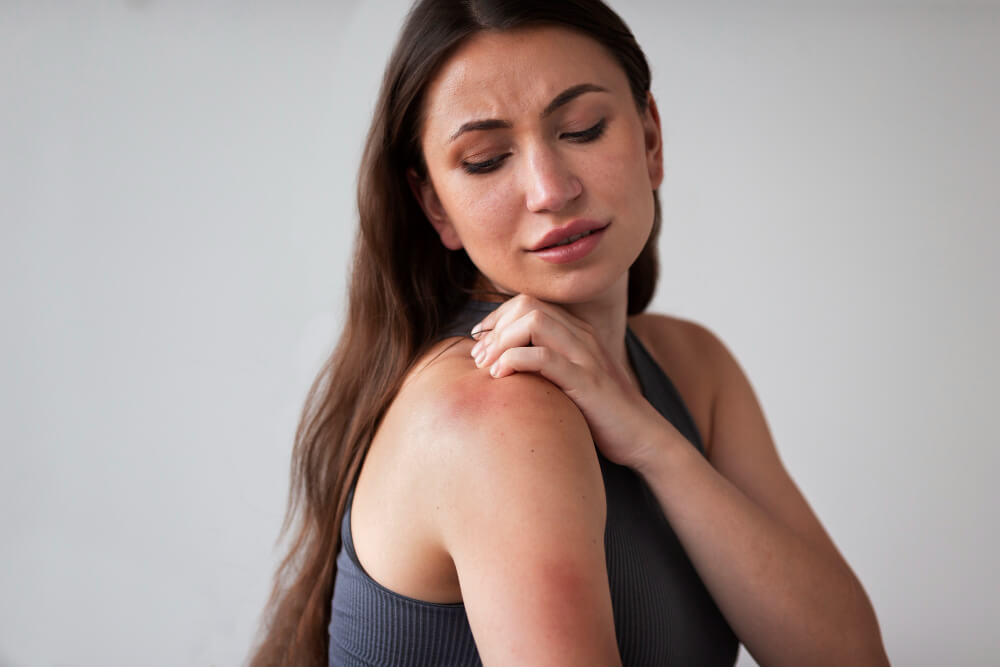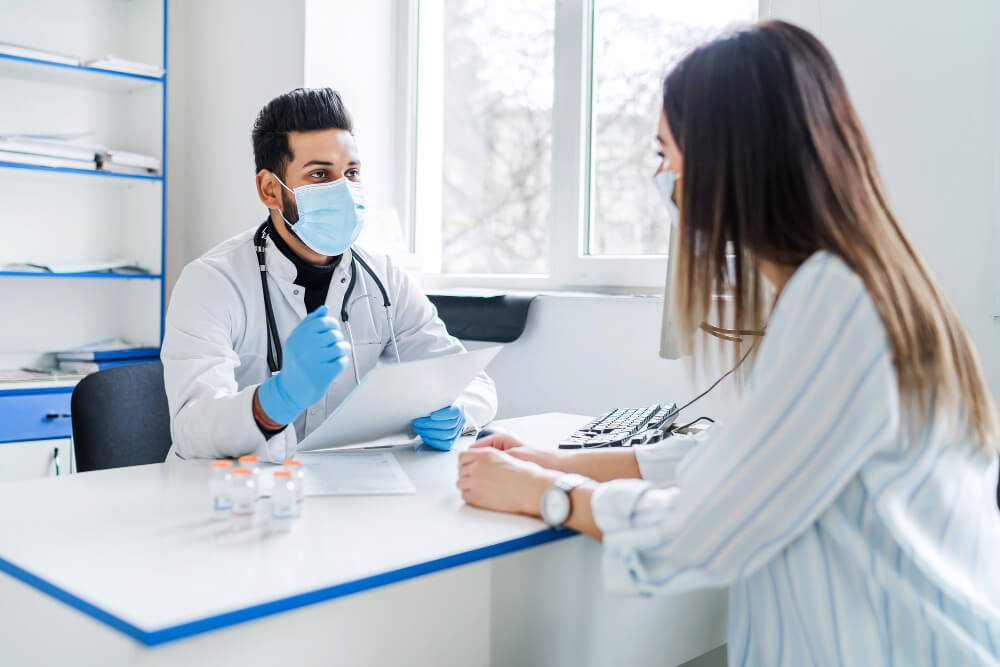Bruises and Red Spots: Understanding the Causes and Effective Treatment Options
Bruises and red spots on the skin are common occurrences, often arising from minor bumps, injuries, or allergic reactions. While typically harmless, they can be concerning and may prompt questions about their causes, potential risks, and treatment options. This article delves into the various causes of bruises and red spots, providing insights into their underlying mechanisms and effective methods for managing them.
Understanding Bruises:
What are Bruises?
Bruises, medically known as ecchymosis, are discolored patches of skin caused by broken blood vessels beneath the surface. These vessels leak blood into the surrounding tissue, causing the characteristic blue, purple, red, and yellow hues that change over time as the body reabsorbs the blood.
Causes of Bruises
- Physical Trauma: Bumps, falls, and other injuries can damage blood vessels, leading to bruising.
- Contact Sports: Athletes and individuals engaging in physical activities are more prone to bruising due to repeated impacts.
- Medications: Certain medications, such as blood thinners, can increase the risk of bruising.
- Medical Conditions: Some underlying health conditions, like vitamin deficiencies or blood clotting disorders, can contribute to easy bruising.
Recognizing Red Spots
Red spots on the skin can vary in appearance, size, and distribution, depending on the underlying cause. Here are some common types:
- Petechiae: Tiny, flat, red spots caused by broken capillaries, often appearing on the legs or lower body.
- Macules: Flat, red areas of discolored skin caused by increased blood flow or inflammation.
- Papules: Small, raised, red bumps caused by inflammation or allergic reactions.
- Urticaria (Hives): Raised, itchy, red welts caused by an allergic reaction.
Determining the Cause of Red Spots
The specific cause of red spots can be determined by considering factors like:
- Appearance: Size, shape, color, and distribution of the spots.
- Location: Specific areas affected on the body.
- Symptoms: Accompanying symptoms like itching, burning, or pain.
- Medical history: Underlying conditions or medications taken.
Treatment Options for Bruises and Red Spots
Home Remedies
For minor bruises and red spots, home remedies can provide relief and promote healing:
- Rest: Avoid strenuous activities that aggravate the affected area.
- Ice: Apply ice packs wrapped in a towel for 15-20 minutes at a time, several times a day, to reduce swelling and inflammation (avoid direct contact with skin).
- Elevation: Raise the affected area above your heart to help reduce swelling.
- Compression: Apply gentle compression with bandages or wraps to support the area.
- Over-the-counter pain relievers: Nonsteroidal anti-inflammatory drugs (NSAIDs) like ibuprofen can help manage pain and inflammation.
Medical Treatments
For more severe or persistent cases, seek medical attention for proper diagnosis and treatment:
- Prescription medications: Corticosteroids or antihistamines may be prescribed for severe inflammation or allergic reactions.
- Medical procedures: In rare cases, laser therapy or other procedures might be necessary for specific conditions.
When to See a Doctor
Consult a doctor if:
- Bruising occurs frequently or excessively without apparent cause.
- Red spots are accompanied by fever, joint pain, or difficulty breathing.
- The affected area shows signs of infection (pus, redness, warmth).
- There’s concern about the severity or cause of the discoloration.


